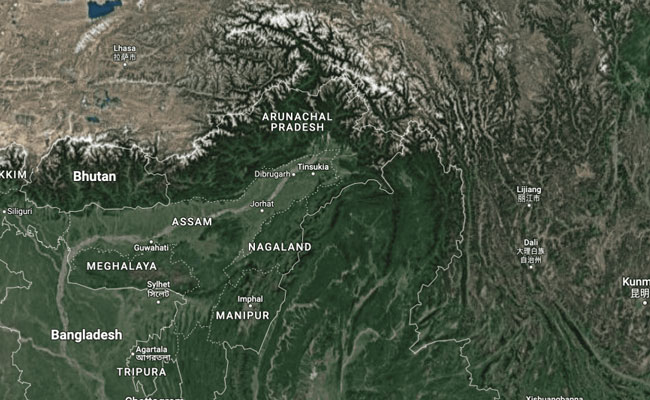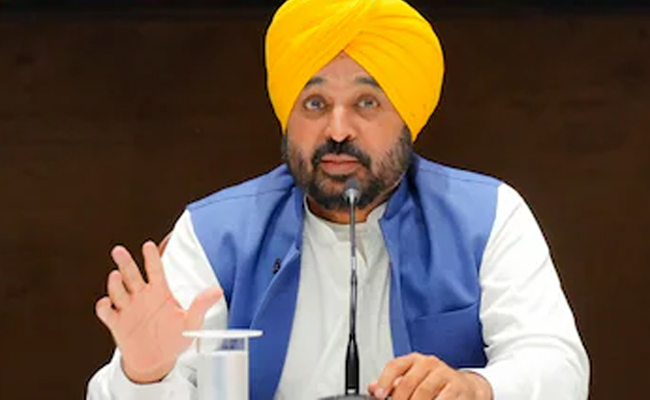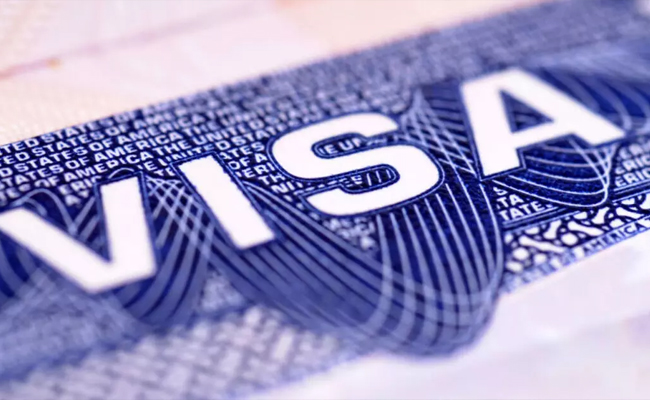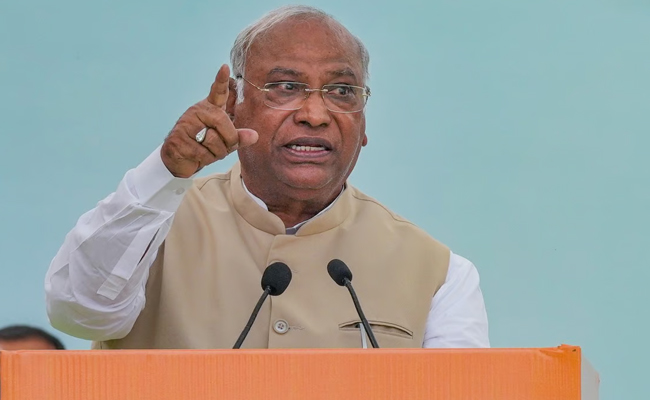Beijing (PTI): China has released a third set of names in Chinese, Tibetan and pinyin characters for Arunachal Pradesh, as part of its efforts to reemphasise its claim over the Indian state.
China's Ministry of Civil Affairs on Sunday released the standardised names of 11 places for Arunachal Pradesh, which it calls "Zangnan, the southern part of Tibet" in accordance with regulations on geographical names issued by the State Council, China's cabinet.
The official names of the 11 places were released on Sunday by the ministry, which also gave precise coordinates, including two land areas, two residential areas, five mountain peaks and two rivers and listed the category of places' names and their subordinate administrative districts, state-run Global Times reported on Monday.
This is the third batch of standardised geographical names for Arunachal Pradesh issued by China's civil affairs ministry. The first batch of the standardised names of six places in Arunachal was released in 2017, and the second batch of 15 places was issued in 2021.
India has previously dismissed the Chinese move of renaming some places in Arunachal Pradesh, asserting that the state has "always been" and will "always be" an integral part of India and that assigning "invented" names does not alter this fact.
"This is not the first time China has attempted such a renaming of places in the state of Arunachal Pradesh," External Affairs Ministry spokesperson Arindam Bagchi said in December 2021.
"Arunachal Pradesh has always been, and will always be an integral part of India. Assigning invented names to places in Arunachal Pradesh does not alter this fact," he had said.
The Global Times, which is part of the ruling Communist Party's mouthpiece People's Daily group of publications, quoted Chinese experts as saying that the announcement of names is a legitimate move and China's sovereign right to standardise the geographical names.
The first set of names was announced by China in 2017 days after the Dalai Lama's visit to Arunachal Pradesh. China was sharply critical of the Tibetan spiritual leader's visit.
The Dalai Lama fled from Tibet through Tawang in Arunachal Pradesh and sought refuge in India in 1959 after China took military control of the Himalayan region in 1950.
Let the Truth be known. If you read VB and like VB, please be a VB Supporter and Help us deliver the Truth to one and all.
Baghpat (PTI): An interstate cyber-fraud racket involved in duping people on the pretext of providing bank jobs was busted by police in this Uttar Pradesh district on Sunday with the arrest of seven people, including two women, officials said.
Police said the accused were running a fake call centre and luring job seekers from several states by issuing forged appointment letters and fabricated agreements in the name of bank recruitment, collecting large sums of money in return.
READ READ: Meat, alcohol ban at three 'holy cities' now in effect: Punjab CM Mann
Twelve mobile phones, two laptops, two SIM cards on fake names, several forged appointment letters and agreements, 15 bank passbooks, two chequebooks, UPI QR codes, ATM cards and 11 other cards were seized from the possession of the accused, police said, adding that the data of around 6,450 people from different states was found stored in the laptops.
According to the officials, the gang misused information obtained from online platforms, such as OLX and job-related websites, to target unsuspecting victims.
The racket was uncovered following complaints received on the Union home ministry's "Pratibimb" portal and subsequent technical surveillance.
Investigations revealed at least 20 complaints from various states, including Madhya Pradesh, West Bengal, Maharashtra, Chhattisgarh, Assam and Meghalaya.
The arrested accused were identified as Mohit Kumar, Puneet Kumar, Vardaan, Anuj Kumar and Akshay, besides the two women.
They were arrested at around 11:30 am from under the Eastern Peripheral Expressway in the Kotwali Baghpat area.
A case has been registered at the cyber crime police station under relevant sections of the Bharatiya Nyaya Sanhita and section 66D of the Information Technology Act, police said.





